☆ PuniPuni Youtube ☆
Japanese Grammar Lesson 11: The Particle と (to) – Review Notes
Today we learned how to use the Japanese particle と (to) to say and or with. In this review, we will talk about some other uses of the particle と.
………………………………………………………………………………..
Using the particle と (to) as “and”:
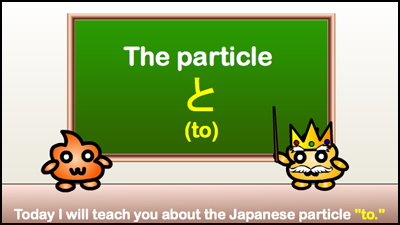
★ The Japanese particle と (to) is used to connect two nouns in a sentence. It is translated as and in English.
★ The particle と cannot be used to connect phrases or clauses in the sentence.
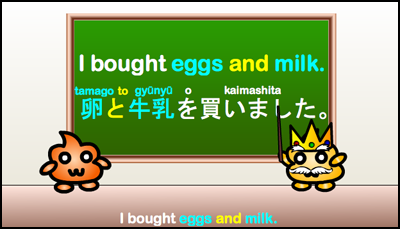
★ In this example, と means and. It is connecting the two nouns 卵 (eggs) and 牛乳 (milk).
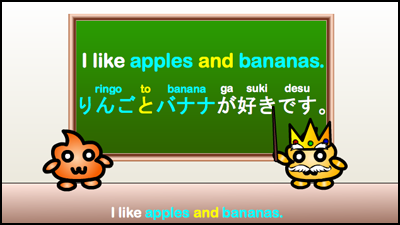
★ In this example, と means and. It is connecting the two nouns りんご (apples) and バナナ (bananas).
…………………………………………………………………………………
Using the particle と (to) as “with”:
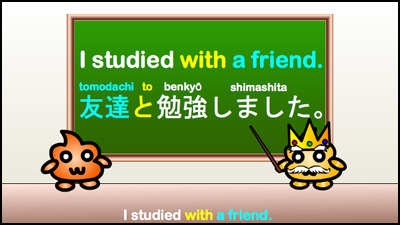
★ The Japanese particle と can also be used to say with or together with.
★ Notice the word order is different in Japanese. In English, with comes before the noun (friend). In Japanese, the particle と comes after the noun (友達).
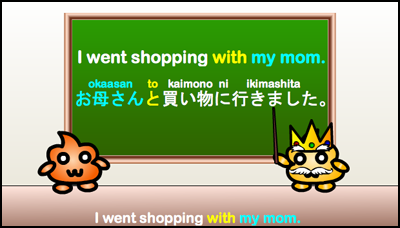
★ Again, take notice of the word order. In English, with comes before the noun (mom). In Japanese, the particle と comes after the noun (お母さん).
…………………………………………………………………………………
Using the particle と (to) to compare & contrast:
The particle と can be used to indicate a comparison or a contrast. In this case, it is used twice; once after the first noun and once after the second noun. For example:
お茶とコーヒーと、どちらの方が好きですか。
Ocha to kōhī to, dochira no hō ga suki desu ka?
Between tea and coffee, which do you like better?
OR
Which do you like better, tea or coffee?
★ In this case, you can see that there are two ways you can translate into English. It means the same thing, so whichever way you can remember it is fine.
…………………………………………………………………………………
Using the particle と (to) to mark quotation:
The particle と can also be used to mark the end of a thought or a quotation. It is often proceeded by the plain form of a verb, and followed by verbs like 言う (iu) – to say, 思う (omou) – to think, and 聞く (kiku) – to listen/hear.
…………………………………………………………………………………
Example 1:
明日は学校に行くと思います。
Ashita wa gakkō ni iku to omoimasu.
I think I will go to school tomorrow.
…………………………………………………………………………………
Example 2:
彼は明日は学校に来ると言いました。
Kare wa ashita wa gakkō ni kuru to iimashita.
He said he will come to school tomorrow.
…………………………………………………………………………………
Example 3:
私は彼が明日学校に来ると聞きました。
Watashi wa kare ga ashita gakkō ni kuru to kikimashita.
I heard he will come to school tomorrow.
…………………………………………………………………………………
The use of と (to) as conditional:
★ You can also put it after a verb or an adjective to form a conditional. It translates into as soon as, when, or if.
…………………………………………………………………………………
Example 1:
家に帰ると誰もいませんでした。
Ie ni kaeru to daremo imasen deshita.
When I got home nobody was there.
…………………………………………………………………………………
Example 2:
学校が終わるとすぐ家に帰りました。
Gakkō ga owaru to sugu ie ni kaerimashita.
As soon as school ended, I went home.
…………………………………………………………………………………
Example 3:
あの店に行くとおいしいラーメンが食べられます。
Ano mise ni iku to oishii rāmen ga taberaremasu.
If you go to that restaurant, you can eat good rāmen.
…………………………………………………………………………………
The use of と (to) with sound words:
★ The particle と can be used after onomatopoetic adverbs.
………………………………………………………………………………..
Example 1:
犬がワンワンと吠えている。
inu ga wan wan to hoeteiru.
The dog is crying, “bark bark.”
………………………………………………………………………………..
Conclusion:
Today we learned about the Japanese particle と. In addition to being used like the word and and with we learned several other ways that this particle is used. If you have any questions, leave a comment below (◕ω◕)♪
………………………………………………………………………………..
Get Japanese dictionary!
Do you want to know a lot of Japanese words? I recommend you to get a dictionary!
If you have dictionary, you can always look up new Japanese words\(◕ω◕)/♥
………………………………………………………………………………..
Do you want a Japanese tutor?
Take Japanese Skype Lessons with Professional Japanese Teachers on kakehashijapan.com!
………………………………………………………………………………..
………………………………………………………………………………..












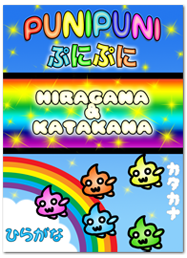
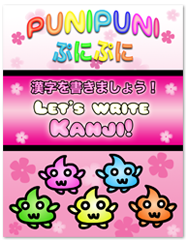


one comment
In the comparison example why is there a “to” after coffee?
Comment by Mona An on 08/07/2013 at 8:01 am